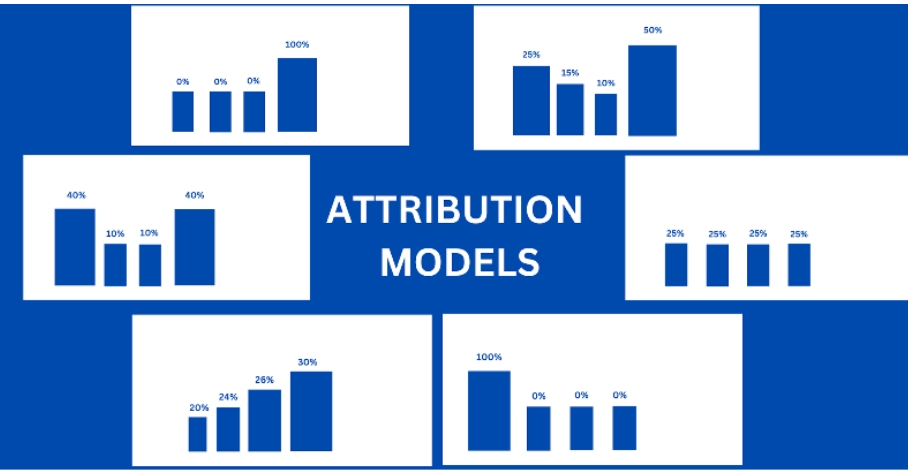In the intricate landscape of digital marketing, understanding the journey a customer takes before converting is crucial. Attribution modeling in performance marketing stands at the forefront of this understanding, offering a lens through which marketers can discern the value of various marketing efforts. This blog delves into the essence of attribution modeling, its significance, and how it’s transforming performance marketing strategies in today’s data-driven era.
Discover the secrets to mastering the art of digital success with our comprehensive Performance Marketing Program, designed to elevate your marketing strategies to new heights
The Essence of Attribution Modeling
Attribution modeling is the analytical art of assigning credit to different touchpoints along the customer journey. In a world where consumers interact with brands through multiple channels—social media, email, search engines, and more—determining what truly drives conversions is paramount. Attribution models serve as frameworks that help marketers understand which interactions or channels have the most significant impact on leading a customer towards a purchase or desired action.
Why Attribution Modeling Matters
The digital age has ushered in an era of multichannel marketing campaigns, where understanding the impact of each channel on conversion rates is not just beneficial but necessary for optimizing marketing spend. Attribution modeling provides insights into the effectiveness of each marketing effort, allowing for more informed decisions on where to allocate resources for maximum ROI. It helps unravel the complexity of the customer journey, giving marketers a clearer picture of what motivates conversions.
Models of Attribution: A Closer Look
Various attribution models offer different perspectives on assigning value to touchpoints. Let’s explore some of the most common ones:
- Last-Click Attribution: This model attributes the entire conversion value to the last touchpoint before conversion. While straightforward, it often oversimplifies the customer journey.
- First-Click Attribution: Contrary to the last-click, this model values the first interaction the customer had with the brand, highlighting the importance of initial engagement.
- Linear Attribution: Every touchpoint in the customer journey is given equal credit for the conversion. This model acknowledges all interactions but may dilute the impact of more influential touchpoints.
- Time Decay Attribution: Touchpoints closer in time to the conversion receive more credit, based on the logic that they likely had a more immediate impact on the decision to convert.
- Position-Based Attribution: Also known as the U-shaped model, it assigns more credit to the first and last interactions, with the remaining credit distributed among other touchpoints. This model recognizes the importance of initial engagement and final decision points.
The Transformative Power of Advanced Attribution
As the digital marketing space evolves, so do the methods of attribution. Advanced attribution models, powered by AI and machine learning, offer dynamic and sophisticated ways to analyze the customer journey. These models can adapt to changes in consumer behavior, marketing opportunities, and external factors, providing a more accurate and granular understanding of what drives conversions.
The Challenges and Solutions
Implementing effective attribution modeling is not without its challenges. Data fragmentation across channels, privacy regulations, and changing consumer behaviors can all complicate the attribution process. However, solutions such as unified customer data platforms (CDPs) and privacy-compliant tracking methods are emerging to address these challenges, enabling more accurate and actionable insights.
The Future of Attribution in Performance Marketing
As technology advances, the future of attribution modeling looks promising. Integration of predictive analytics, enhanced customer journey mapping, and cross-device attribution are just the beginning. These advancements promise to provide even deeper insights into the efficacy of marketing strategies, driving efficiency and effectiveness in performance marketing to new heights.
Conclusion
Attribution modeling is more than just a method—it’s a necessity in the complex world of performance marketing. By understanding the nuances of different models and embracing the potential of advanced analytics, marketers can unlock the full potential of their campaigns. As we move forward, the precision and sophistication of attribution modeling will only continue to grow, offering a clearer path to optimizing marketing strategies and maximizing return on investment. In the realm of performance marketing, attribution modeling is not just about assigning credit; it’s about paving the way for smarter, more effective marketing decisions.






